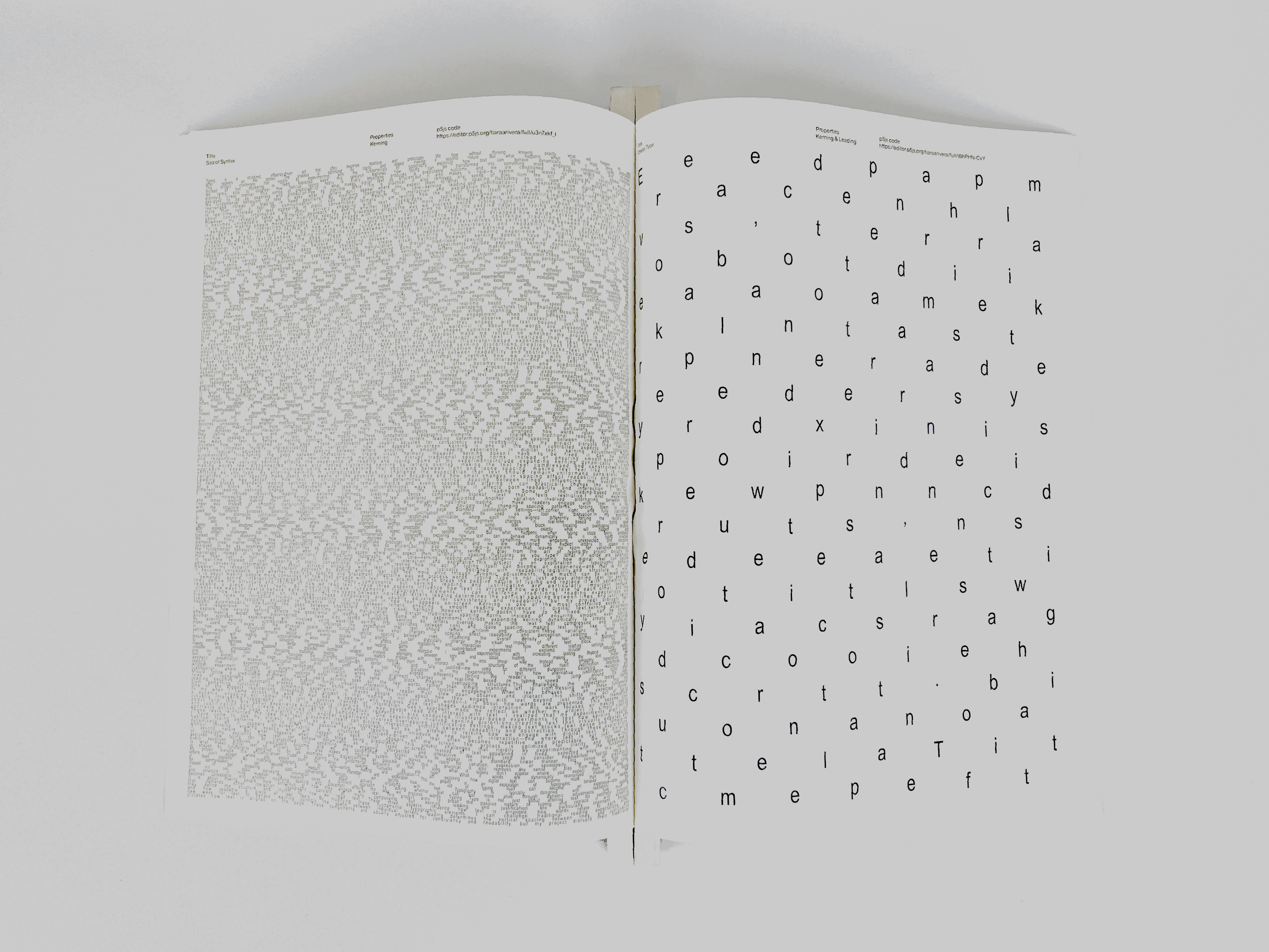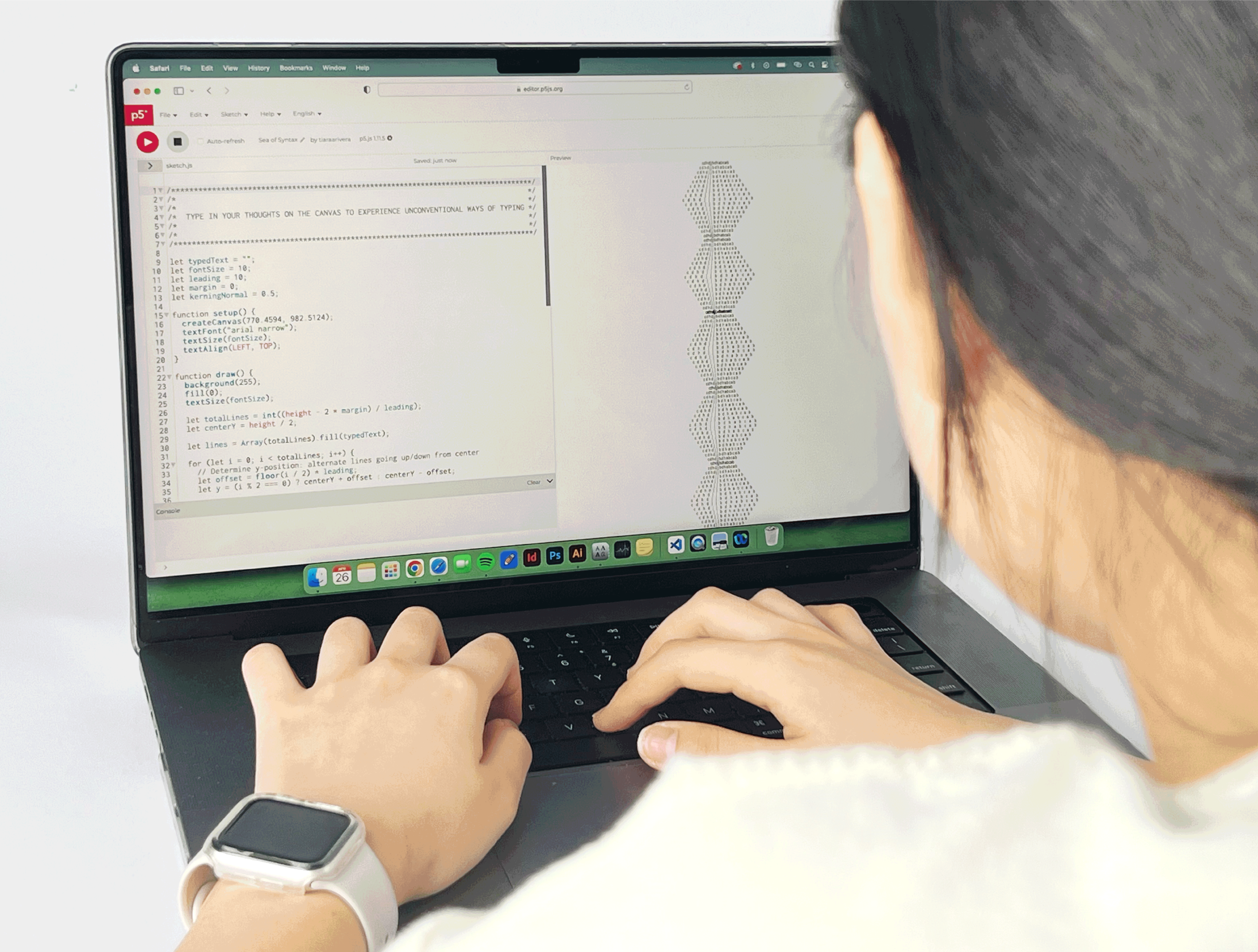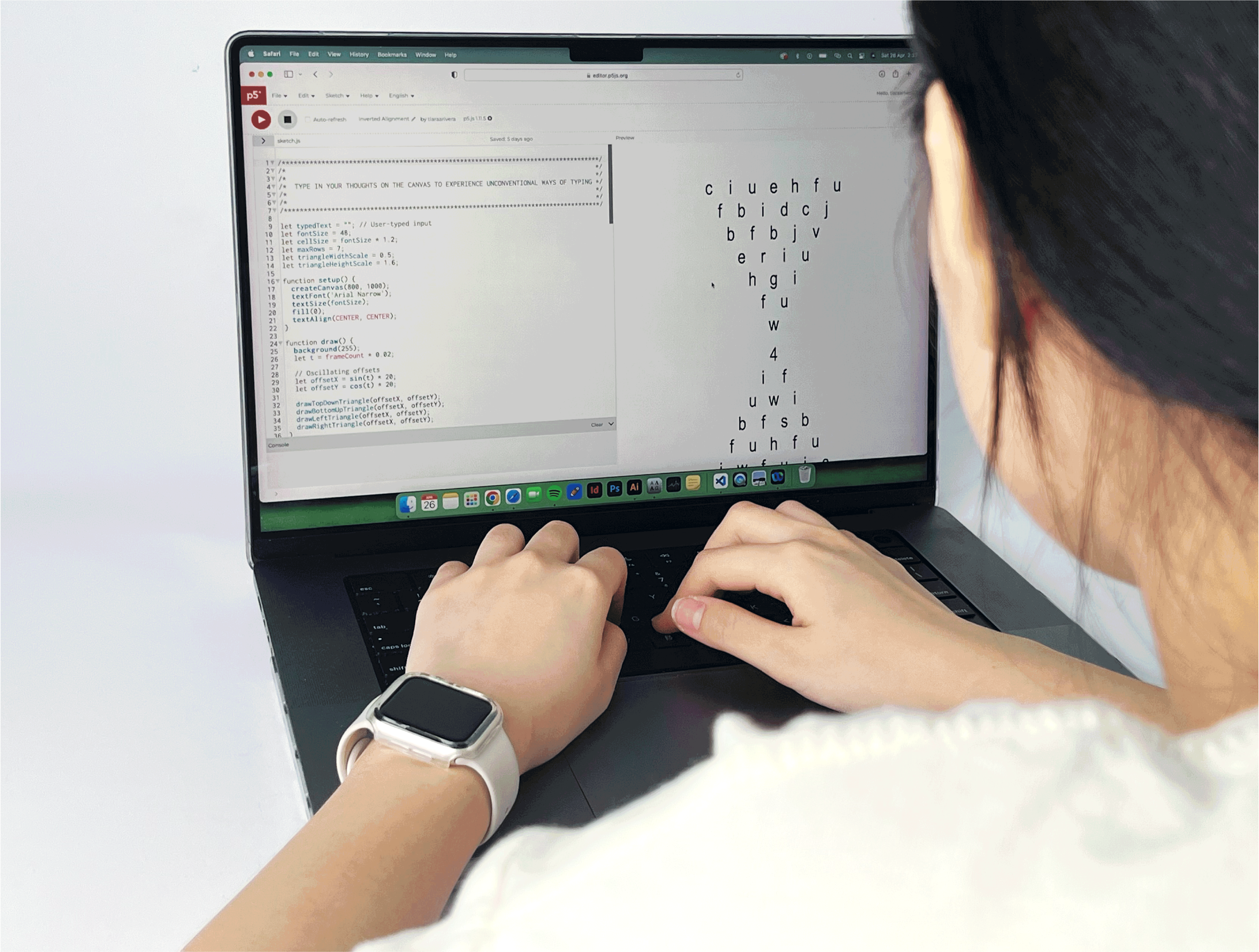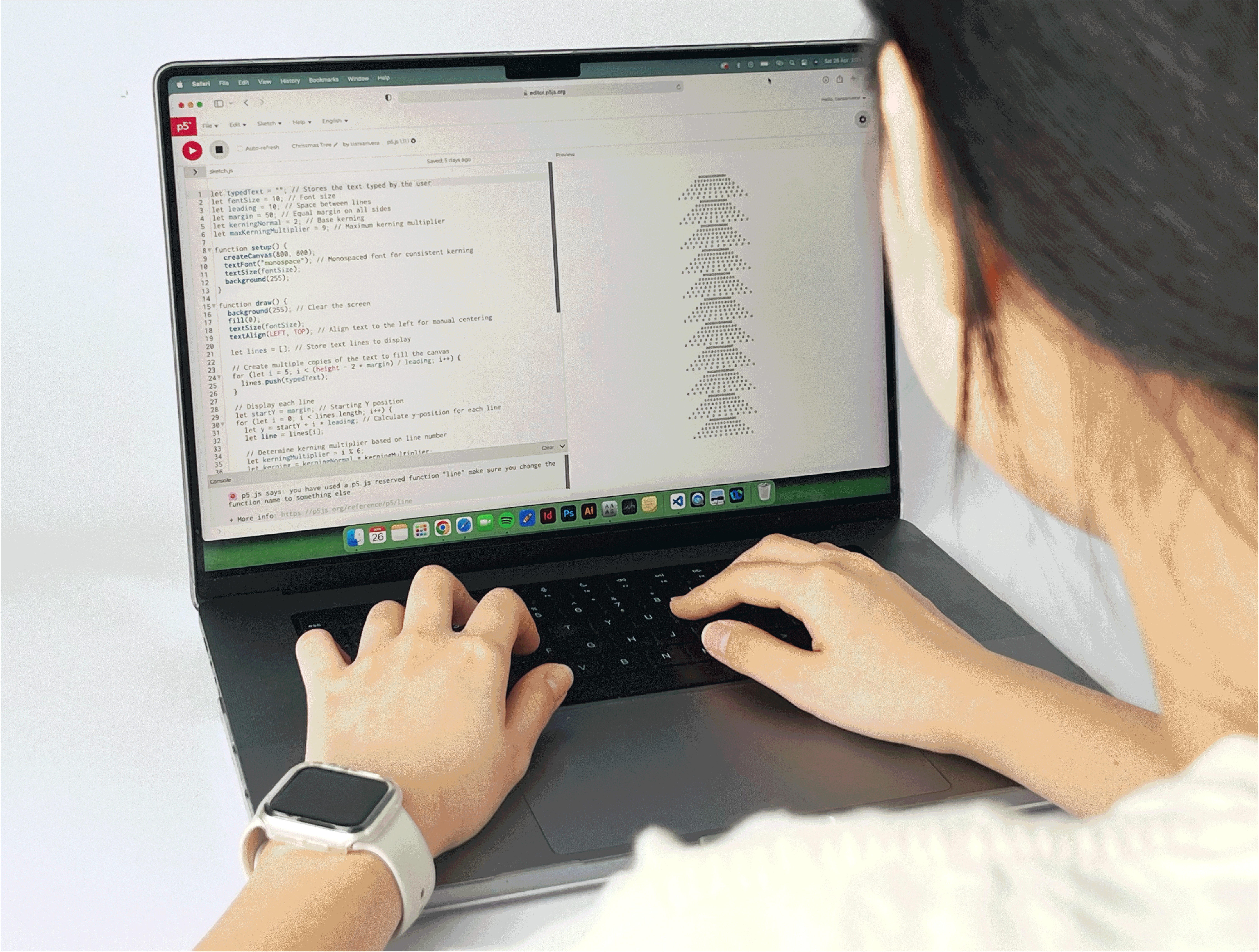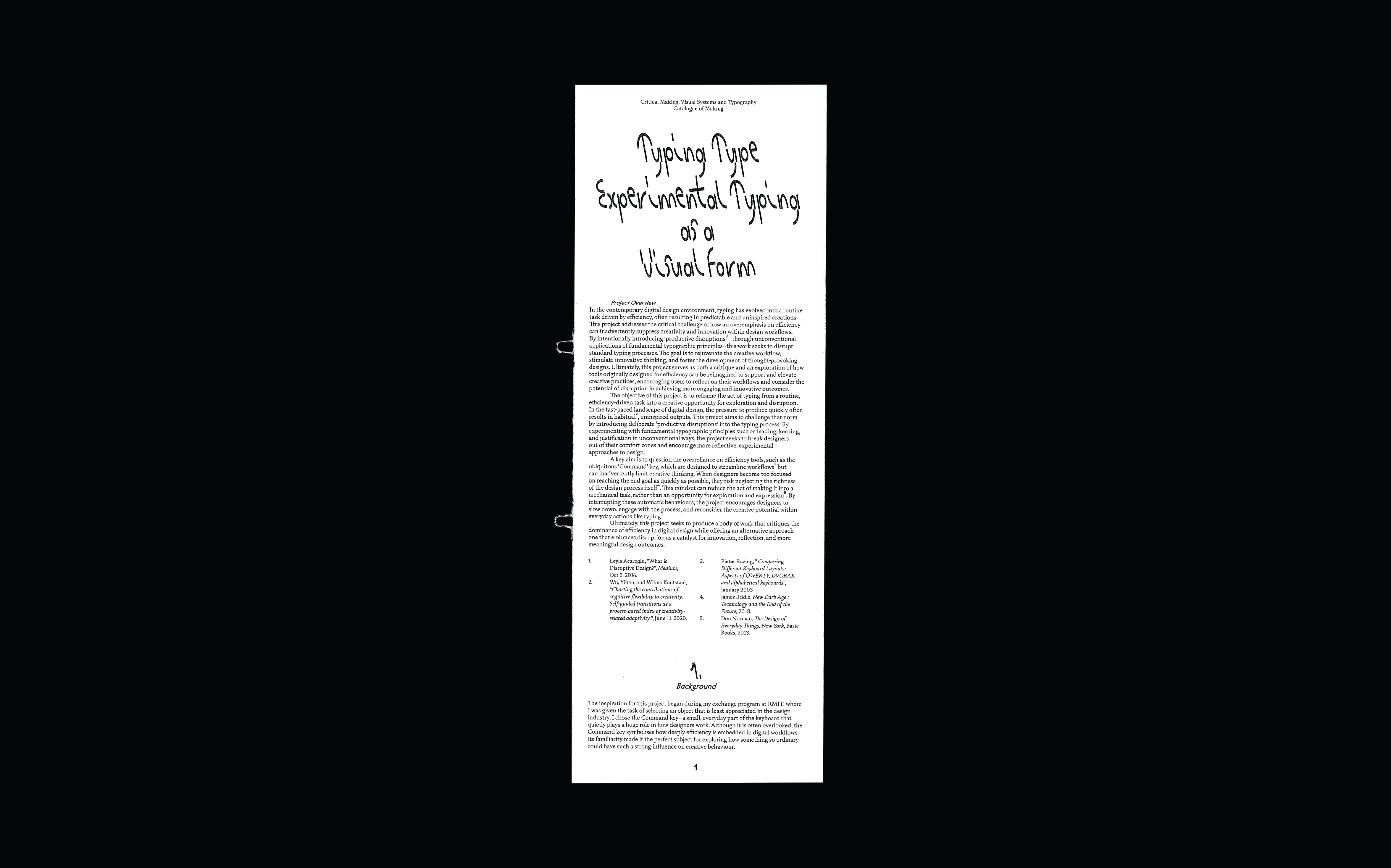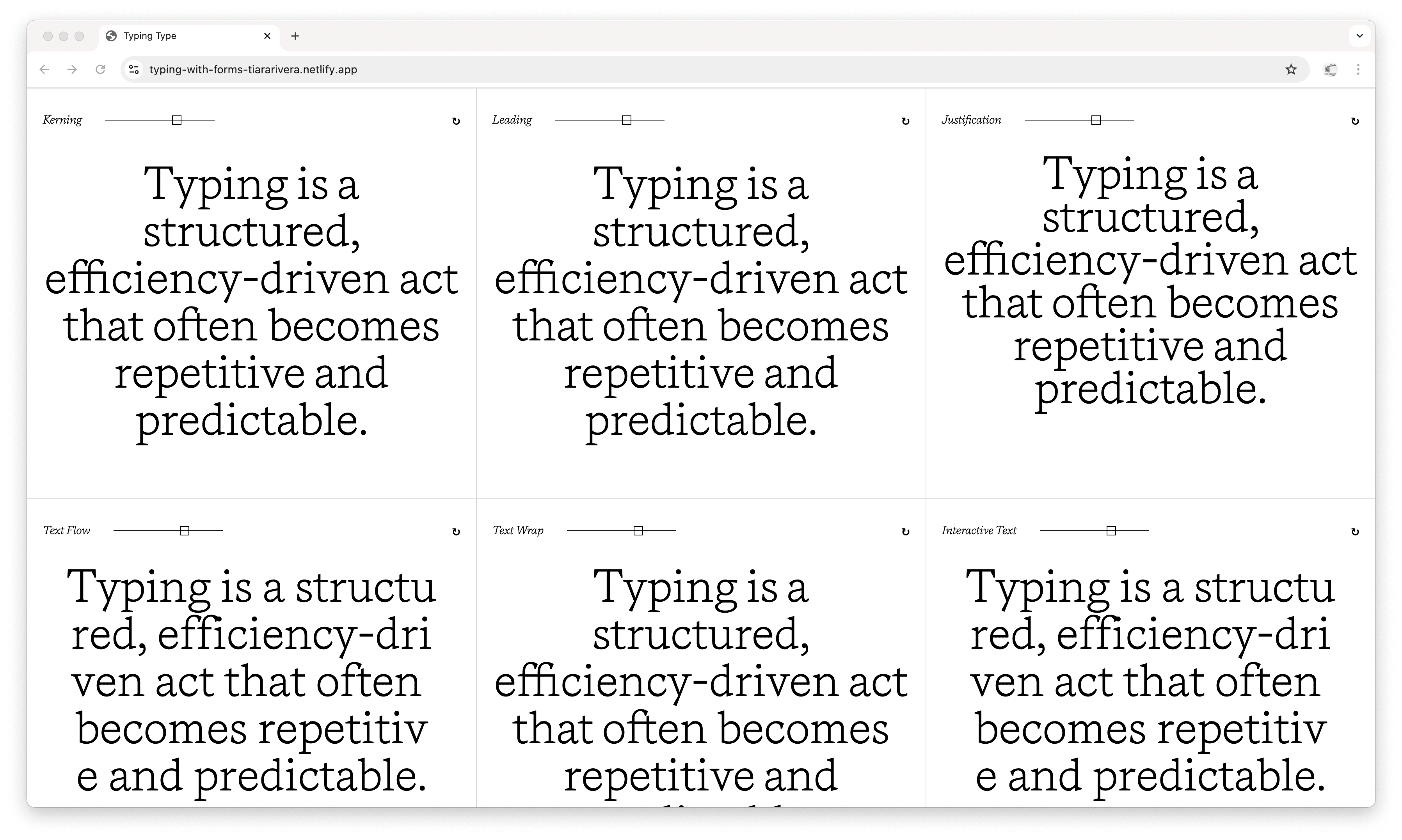This was the final week, and to be honest, I didn’t expect to feel this way—just really grateful that I managed to bring everything together. The physical setup, the coding, the refining of ideas… everything felt like it came full circle in a very “me” way. It wasn’t perfect, but it was real. It was mine. I’m actually pretty glad I made use of the wall space in front of me, even though it was just a short divider. I know it’s not the biggest board, but I did what I could with the space. It helped make my table look clean and organised—not cluttered. I don’t know if “neat” is the right word, but it felt intentional, and that’s what mattered to me. I played around with how to display the descriptions, and I'm happy I pinned them up instead of just laying everything flat on the table. It gave the setup more structure.
Looking back at how I presented during Open Studio, I really do feel like I communicated my project better this time. I was clearer in how I explained what each section was doing, and I think having the actual working code on the web helped people interact with it in a more hands-on way. Even though the divider wasn’t that tall, it became part of the setup and helped frame my work. Would I have loved a bigger board? Yes. But even with what I had, I made it work.
I’m honestly just proud that I managed to code it—especially since I didn’t rely on any premade templates or steal HTML from the internet. If you told me back in Year 2 that I’d be coding my entire CPJ and explainer site from scratch, I probably would’ve laughed and dropped out on the spot. I was so bad at coding back then. Seriously, I was considering just editing an existing HTML file I found online and calling it a day. But I didn’t do that. I stuck with it. And the fact that I can now comfortably write my own HTML and build something functional and interactive? That’s huge for me.
Even though I couldn’t figure out the expansion page like I originally wanted, I made peace with that. I focused instead on refining the main landing page and making each typographic principle—kerning, leading, justification, etc.—reactive and interactive. That part worked out, and honestly, it still captured the spirit of what I was trying to explore: the idea that typing can be disrupted, transformed, and felt differently.
Doing this project constantly for weeks and constantly thinking about it really helped me grow. Especially in the research part. I think the part I grew the most in was just staying curious. Every week I was learning something new—about keyboards, about how typing works, about small things like letter spacing that most people ignore. I remember someone saying that as designers, we need to keep researching—not just to find answers, but to build knowledge in general. After doing project after project, it’s true: we end up knowing so much even outside of "design" itself.
The hardest part was definitely the beginning. That early stage where I had a topic but no idea what to do with it. Everything felt blurry. I didn’t have a clear direction, and it felt like I was just collecting random things. But I kept researching, kept pushing, and slowly the pieces came together. I trusted that something would click eventually—and it did.
Overall, I really enjoyed being in Vikas’ class. Before the semester started, people would ask me why I chose Vikas because they said he could be a little vague with his feedback. But honestly, I think it’s about adapting. After a few weeks, I started to understand what Vikas was trying to tell me and how he worked as a lecturer. I also wasn’t too worried about the vagueness, because once I start working full-time, I know bosses and mentors are going to be vague too — so I just took this as a head start.
If you asked me whether I regretted anything about this project, I would say no. First of all, my project isn’t even complete yet — and I don’t think it ever really will be. There’s always going to be room for improvement. I also really appreciate Vikas for telling me to start small with my experiments, like using email or Google Sheets. That advice really helped spark my curiosity. I used to wonder, "what if I tried this or that?" and those small exercises helped me explore without feeling overwhelmed.
At the beginning of Y3, I was honestly damn scared about how I was going to pull this project off. I knew my research — I understood it well — but I was scared about what exactly I should create. Slowly, as I experimented with my tasks, I started figuring out what I actually wanted to put out there and what conversations I wanted to start.
This year really forced me to reflect on my steps throughout the project. It taught me how important it is to communicate my project properly — because once I did, people could finally understand what I was trying to do. I know this will be super important even in my working life, especially when it comes to presenting decks. I also now believe that content is everything. Sure, a project can look nice, but if the content isn’t strong or meaningful, it won’t leave an impact. (There’s still stuff I need to work on though, for sure.)
I really want to thank Vikas — and I’m not saying this just to get more marks out of him. I genuinely mean it. I’m really grateful that he was my mentor for this project. And if a student is reading this, whether you're thinking about taking Vikas' class or you’re already in it, I think you definitely should. But you also have to be ready to constantly reflect on yourself and your work — you can’t just depend fully on Vikas. In the end, it’s your project. You don’t want to graduate secretly knowing that most of your ideas actually came from him.
Anyways here are some documentation of my project:
